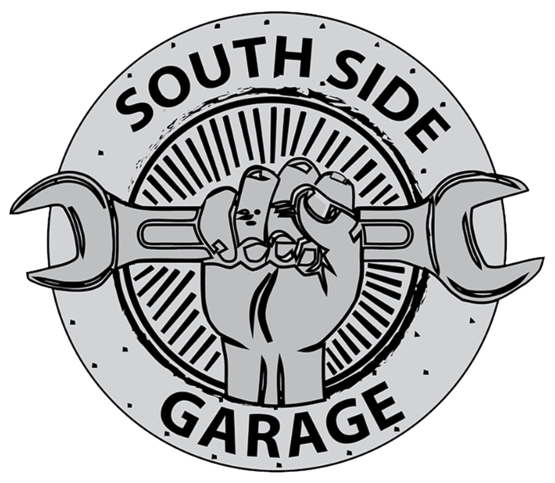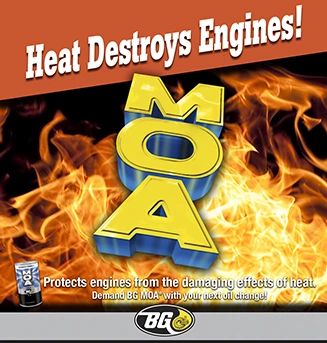Follow the Bouncing Vehicle (Bad Struts and Shocks)
December 12, 2021
If you hit a bump in the road and your vehicle just keeps bouncing up and down for a lot longer time than it used to, you may have bad struts and shocks. They're the things that help to keep your vehicle's wheels and tires planted to the road surface.
But they don't last forever. With care and depending on where and how you drive, shocks and struts should be replaced at intervals ranging from 50,000 miles/80,000 km to 100,000 miles/160,000 km. If you drive on bumpy roads with a lot of potholes, that interval will likely be shorter. Rough surfaces can take their toll.
But how do you know if your shocks and struts are doing their job properly? The best way is to have your vehicle checked by a technician. He or she can inspect the shock absorbers and struts for leaks, corrosion and damage. Mounts and bushings can also go bad and they should be evaluated as well. A thorough examination by a technician will also include looking at other suspension parts. Some may contribute to making your vehicle behave the same way if they're broken, corroded, worn or bent.
If you need new shocks and struts, your service advisor will make sure that you get those that meet manufacturer's specifications. That's important because they want to make sure you're getting the handling and performance engineers designed your vehicle to have.
South Side Garage
9117 S WALKER AVE
OKLAHOMA CITY, Oklahoma 73139
405-308-1514
http://www.thesouthsidegarage.com
More articles from Southside Garage

When Metal Meets Metal (Wheel Bearings)
April 20, 2025
What part of your vehicle has little metal balls inside that are lubricated and allow you to cruise on down the road? They are wheel bearings, and automotive designers might argue they are human beings' second greatest invention of all time (the first is, of course, the wheel!). You have a wheel... More

Such a Little Part (Climate Control Resistor)
April 13, 2025
You expect your heater/air conditioner to work like it should. You have a control for temperature and one for fan speed. You even have a control for what vents the air comes out of. Don't be surprised one day if your blower fan develops a mind of its own and starts going crazy. Most of the ti... More

When it Comes to Air Filters, Change is Good (Clogged Air Filter)
April 6, 2025
Engine air filters may not seem like a big deal, but when theyre clogged up with dirt, dust, and insects, your engine could wind up choking for air and not delivering you the power and performance it was designed to give. There are actually a couple of air filters in your vehicle. One filters th... More









